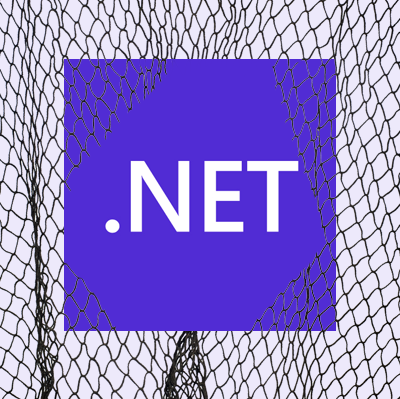For those of us who live in the Microsoft world, .NET has been revolutionary over the last 20 years.
It enables developers to collaborate easily and write, test and fix code efficiently, as well as supporting builds for a range of different applications, including desktop apps, mobile apps, and website apps.
Our .NET applications are developed to sit behind the websites, processing data, integrating with other platforms and providing back office user functionality that is so important to make websites work effectively on the front end.
What is .NET?
Microsoft .NET is an open source developer platform that assists the creation of various types of applications.
.NET has two main different versions:
- .NET Framework, the original version made for Windows.
- .NET Core, the new cross-platform version.
.NET Framework
.NET Framework is the original version that Microsoft introduced back in 2002. It was a replacement for Visual Basic, which was used by many developers to build applications for Windows. Around this time was when Internet technology was really taking off, with many organisations building not only websites but Intranets as well.
Alongside .NET, Microsoft also introduced Visual Studio .NET, which was an Integrated Development Environment (IDE). This enabled developers to develop software code, build this code, and ultimately run it on their computers to debug before putting it live. This IDE software is updated every couple of years.
The last version of .NET Framework 4.8 was released in April 2019, with an updated security version 4.8.1 in August 2022.
.NET Core
Microsoft has now retired the .NET Framework and moved across to what was known as .NET Core before this became .NET 5 in November 2020. Through this cross-platform version, Microsoft has expanded its platform to support .NET developers looking to leverage other platforms, and to attract customers looking to build apps with other tools including Node, PHP, and Java.
As with most things Microsoft, there are continual improvements and new versions being released each year. .NET 7 was released in November 2022 with .NET 8 due to release in November 2023.
What does this mean for your applications?
What this means for us, as developers, is there is a continuous learning process to keep up to date and keep our software as up to date as possible, as unfortunately Microsoft doesn’t support their .NET versions for very long. .NET 7 will stop being supported in May 2024.
For our customers, it means that we have to focus on keeping applications up to date, and occasionally having to rewrite these from scratch to be able to utilise new functionality and keep applications secure.


